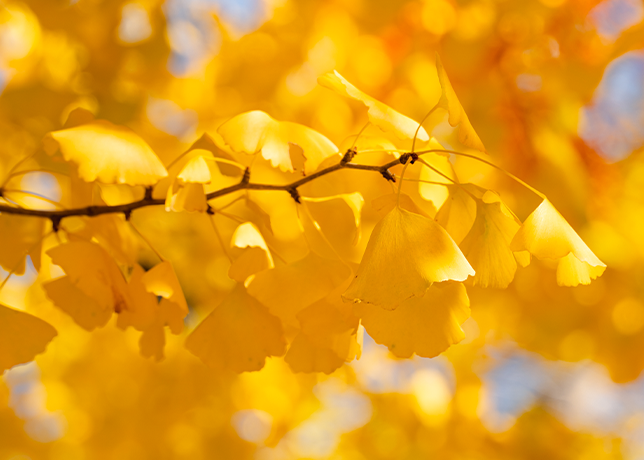Adolescents and Energy Drinks: Know the Dangers
Video by Jonathan Parrish
Energy drinks are popular among many age groups, including adolescents. According to the Centers for Disease Control and Prevention, 50 percent of adolescents report consuming these drinks. However, energy drinks can be especially unsafe for adolescents. Here are some things you need to know about energy drink consumption among adolescents:
- Know the facts. An energy drink is a beverage that typically contains large amounts of caffeine, added sugar, legal stimulants, and other additives. Adolescents sometimes use these drinks for an “extra boost of energy.” However, the stimulants in these beverages can be harmful to the nervous system. There is a difference between energy drinks and sports drinks.
- Know the dangers. Some of the dangers of energy drinks include dehydration, heart complications, insomnia, anxiety, and more that we may not even know about yet.
- Follow the recommendations. The American Academy of Pediatrics recommends that adolescents do not consume energy drinks. The AAP defines an adolescent as a child who is 10 to 19 years old. No children or young athletes should consume energy drinks.
Bottom line: You can help by encouraging children to choose water, milk, and 100 percent juice. Parents, coaches, teachers, and community groups should talk with children about the negative effects of energy drinks and model good behavior by not consuming these drinks in front of children.
Did you know?
Energy drinks can contain up to 27 teaspoons of sugar in just one can. According to the American Heart Association, that’s three times the amount of sugar an adult male should consume in a day and 4.5 times the amount an adult female should consume in a day.
Try these alternatives to energy drinks.
Homemade Flavored Water
Make your own flavored water! You can freeze 100 percent fruit juice in ice trays and add the cubes to water. Or add frozen fruit, chopped fresh fruit, or sliced vegetables to water. If you make a large pitcher, drink it within 3 days.
Check out our previous blog posts for some flavored water recipes:
Frozen Fruit
Simply snack on pieces of frozen fruit, like blueberries or grapes.
Ingredients
- ½ cup milk
- ¾–1 cup fruit
- ¼ cup yogurt
Steps
- Wash your hands with soap and water.
- Add all ingredients to the blender. Blend until smooth.
- Add a straw and enjoy!
Smoothie Suggestions:
- Frozen fruit is a great option to add to smoothies.
- Add a handful of spinach leaves to your smoothie for more nutrients and fiber.
- You can use any variety of milk or milk substitute.
For more information about energy drinks and adolescents, visit the Centers for Disease Control and Prevention website.
For more helpful tips and healthy recipes like these, visit extension.msstate.edu and join our MSU Nutrition and Wellness Facebook group.
Subscribe to Extension for Real Life
Fill in the information below to receive a weekly update of our blog posts.









